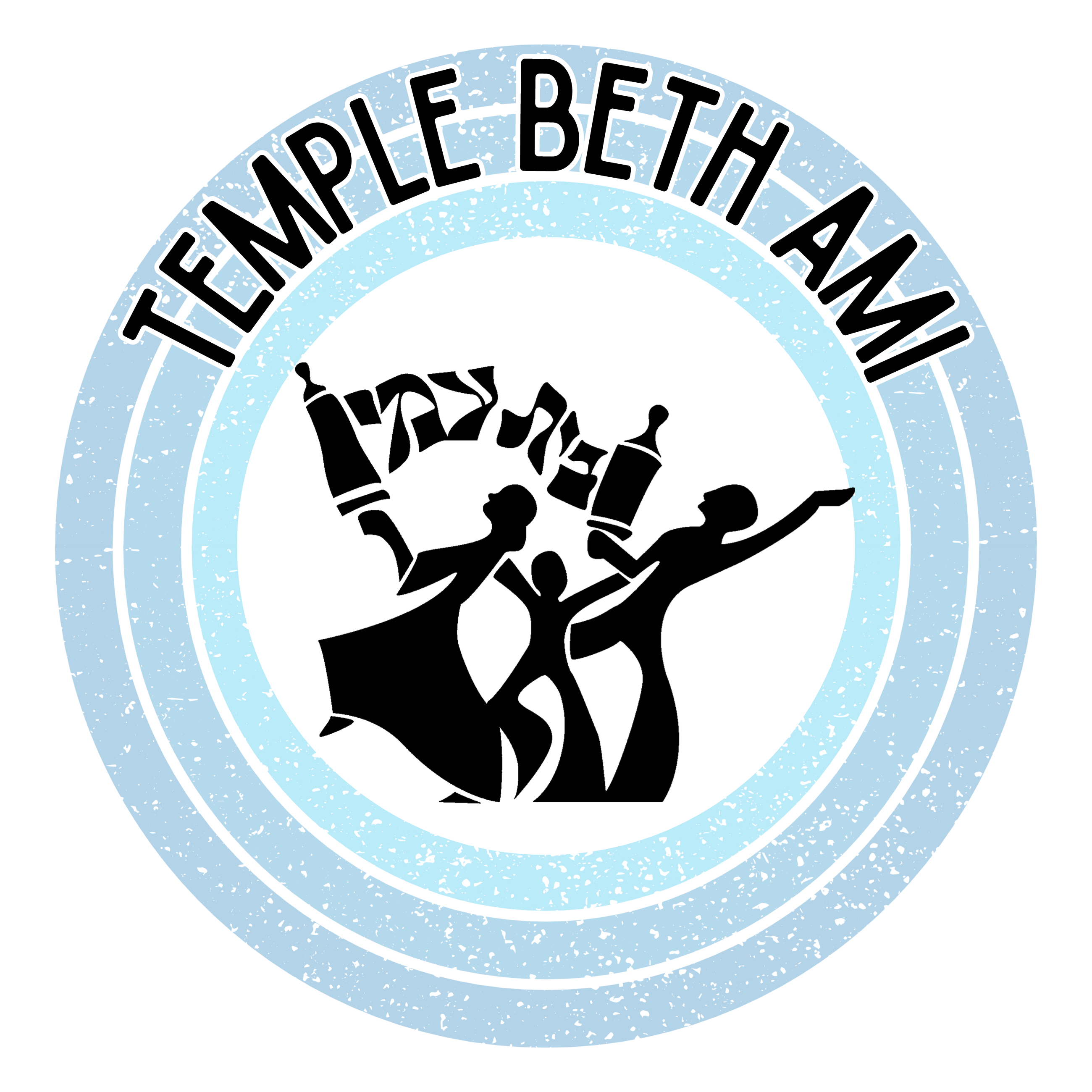Acharei Mot - 5779
Leviticus 16:1-34
It may still be Passover, but our weekly Torah portion is about to redirect our attention to Yom Kippur. Acharei Mot describes the sacrificial service for Yom Kippur as it was thousands of years ago, and although we no longer follow this rite, there is still much we can learn.
So, let’s talk about what’s been on all of our minds lately: oxen and goats.
Rabbi Abraham Isaac HaCohen Kook, the first modern chief rabbi of Palestine, observed that the Yom Kippur sacrifices contained a unique chattat (sin) offering. During the rest of the year, a chattat offering would be made with a goat. However, on Yom Kippur, the chattat offering must consist of a goat and an ox.
Why does this matter?
HaRav Kook explained that the ox is a symbol of great strength. Oxen were used to cultivate the land and for construction – their effect on human habitation was generally positive. On the other hand, the Hebrew word for goat is se’ir, which shares a root with the verb “to storm and rage.” Kook notes that goats, when they forage, consume not only the leaves but also the roots of plants. When they overgraze they can devastate a land. He notes that both goats and oxen can be used for good, or for bad. Sometimes we need to destroy before we build, and sometimes we can overbuild or over cultivate.
In other words, both constructive and destructive power can be abused or overused. This leads us back to the chattat offering. It makes sense that the more usual sin offering uses a goat, the symbol of our destructive power gone amok. However, on Yom Kippur, when we step back to look at the larger picture of our lives, we also think about those times when we meant well and yet still caused harm. These too require action on our part. We may no longer participate in the sacrificial rites, but we still make the same mistakes, and to be Jewish is to look year-round at how to mend our errors, heal the harm we have caused and bring redemption to our communities.
Perhaps it makes sense after all to read this passage right after Pesach, to remind us that with freedom comes responsibility. As we count the Omer and remind ourselves of our ancestor’s journey from Egyptian slavery to the Revelation at Sinai, perhaps we should also consider our own personal and communal journeys. Why wait until Yom Kippur? Let’s see if we can examine how we are using our freedom now. What are our intentions? When are we working to bring good into our world and when harm? What can we do now to correct our missteps and strengthen our more life-affirming choices?
Redemption, it seems is not a single event in time, but an ongoing process. “It is not up to you to finish the work,” said Rabbi Tarfon, “yet you are not free to avoid it.” [Pirkei Avot 2:16]

